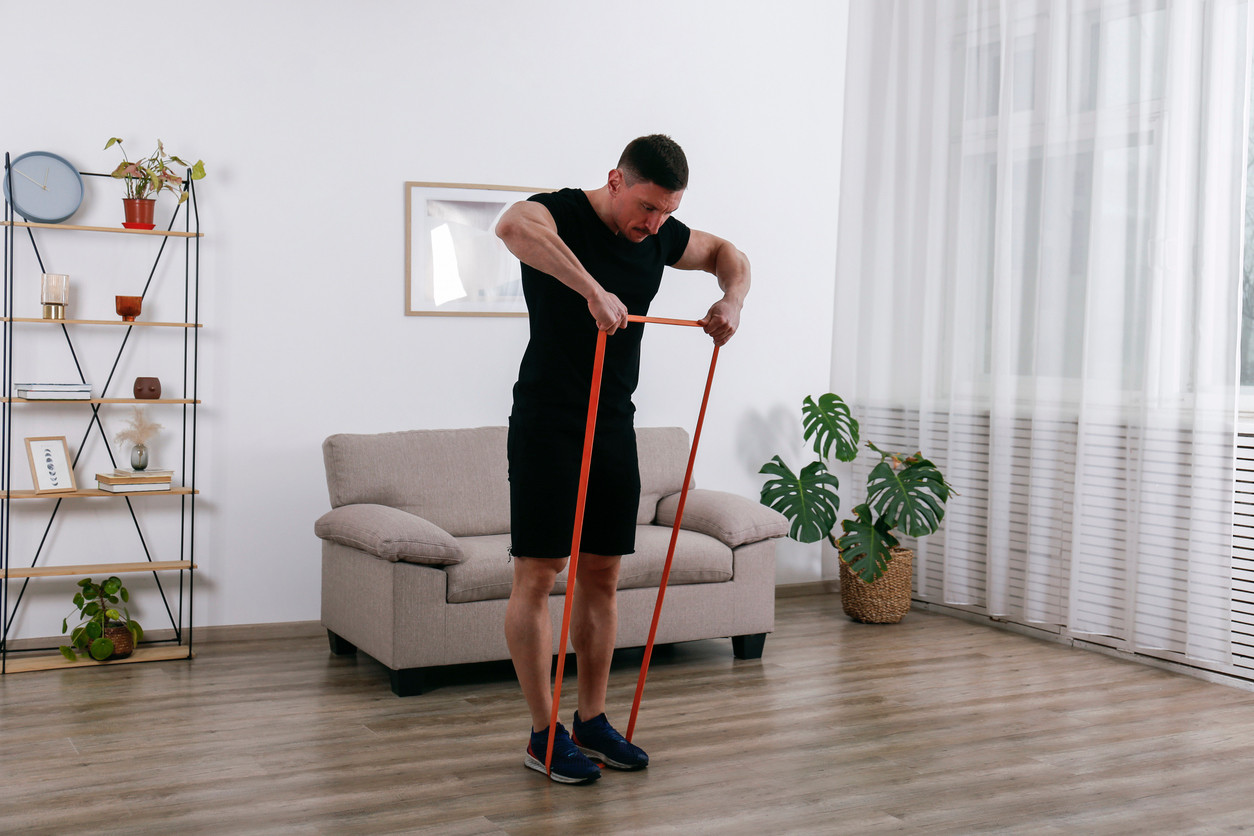8 Resistance Band Arm Strengthening Exercises for Better Function and Less Pain
Learn about arm strengthening exercises you can do at home with just a resistance band.
$0 cost to you
Published Date: Oct 15, 2024
Table of Contents
Fully covered arm or shoulder pain relief
Find relief from arm pain, shoulder pain, pinched nerves, & more.
Check if I'm eligible